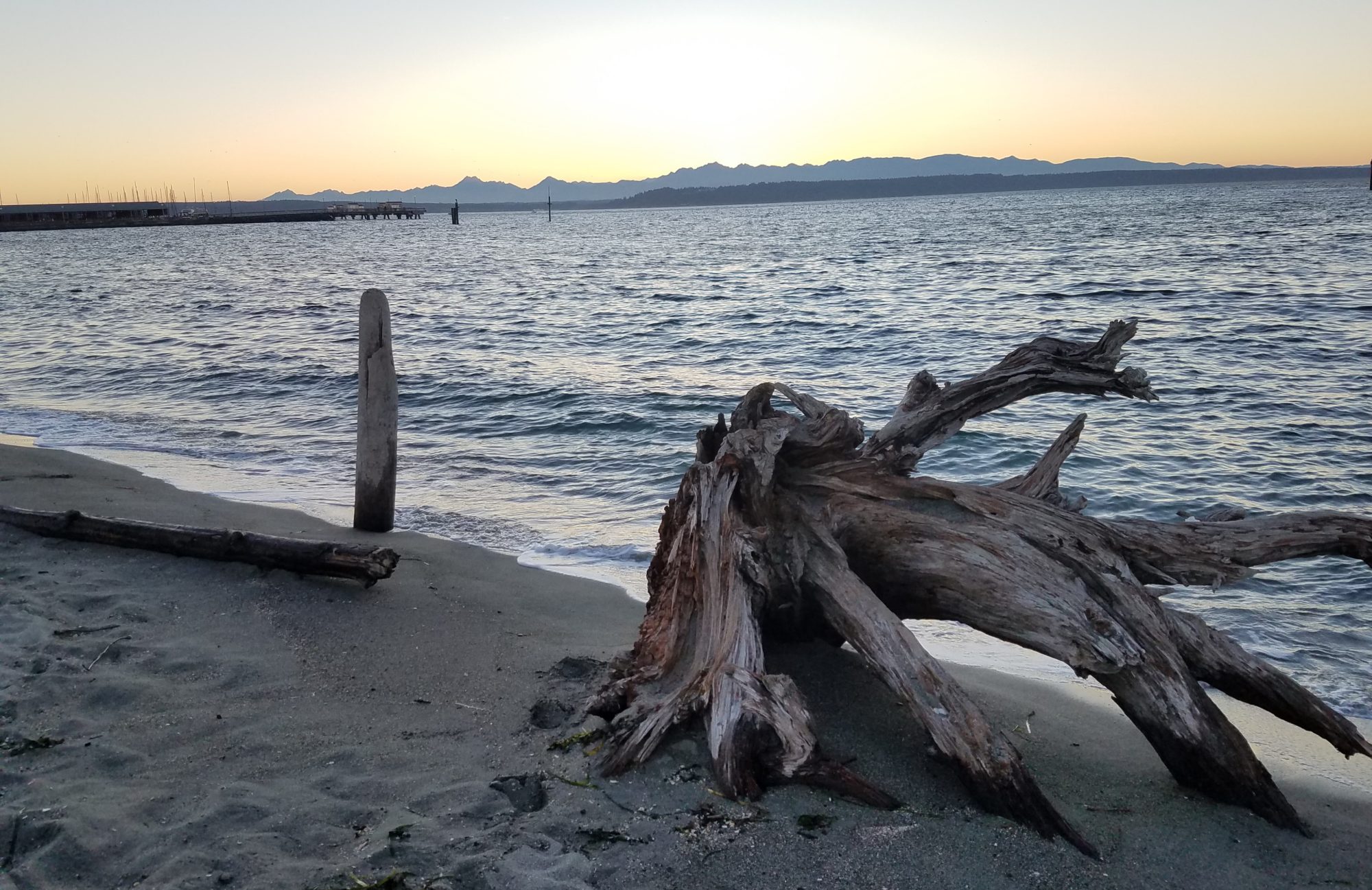This Practice comes from Fr Richard Rohr’s Daily Meditation Blog.
Enjoy!
Practice: Go Where the Big Bang Leads You
Dr. Barbara Holmes offers us a reminder that while cosmology might be a new area of exploration for some of us, scientific questions and cosmological views of the world have always been valued by ancient and contemporary indigenous communities:
“Indigenous societies include science and theology and all other aspects of their culture as a part of their ordinary discourse, for the sciences have never been alienated from daily life. Ancient cosmologies assure us that reality is relational and will not be discovered through a microscope or an intricate mathematical formula; instead, it may be encoded in each event of creation.” [1]
The following practice by Walter Truett Anderson invites us to have a taste of such an integrated perspective. I hope you will take this playful thought experiment seriously the next time you are reading a book, washing the dishes, or brushing your teeth!
Let us assume, for the purposes of this thought experiment, that you are in general agreement with the big bang theory of the origins of the universe and contemporary thinking about its evolution—the explosion out of nothing; the conversion of gases to matter; the formation of stars and planets; the appearance of life on earth, and then of consciousness, and then of symbol-using, self-reflective human consciousness. If you do see things this way, and if you don’t believe yourself to be somehow separate from this series of events, you might try sometime—say, when you are brushing your teeth in the morning—contemplating the eminently rational proposition that what you are doing and seeing is an integral part of those processes: The universe is not only going about its mysterious business with quarks and black holes and supernovae; it is also brushing its (your) teeth.
Try it and see where it leads you. Where it leads me is into a sense of wonder, a new discovery of being akin to some of the fresh experiences so commonly recorded in the various enlightenment texts.
“What miracle is this!” goes a Zen saying. “I draw water and I carry wood.”
What miracle is this: Something emerges out of nothing and, fourteen billion years later, takes the form of words being written on a computer screen. Molecules spinning about the galaxy settle into the more or less stable forms of pine trees outside my window, an expanse of blue water, the Golden Gate Bridge. Others take the form of a woman in a gray pith helmet delivering the mail. What miracle is this: The debris settled out of long-dead stars takes the form of you reading a book.
[1] Barbara A. Holmes, Race and the Cosmos: An Invitation to View the World Differently, 2nd ed. (CAC Publishing: 2020), 120.
Walter Truett Anderson, The Next Enlightenment: Integrating East and West in a New Vision of Human Evolution (St. Martin’s Press: 2003), 219–220.
Image Credit: Una “rete” di rami all’Arte Sella (Wood and Art in the Forest of Italy) (detail), 2008, Arte Sella, Trento, Italy.
